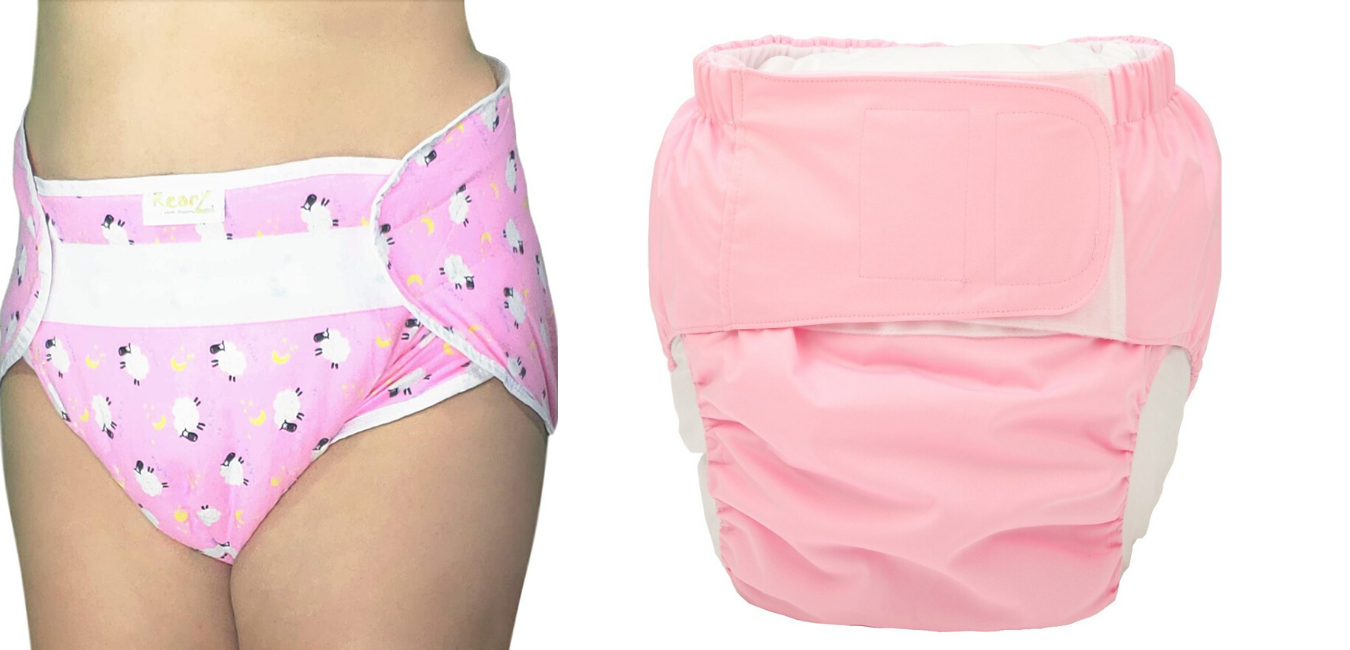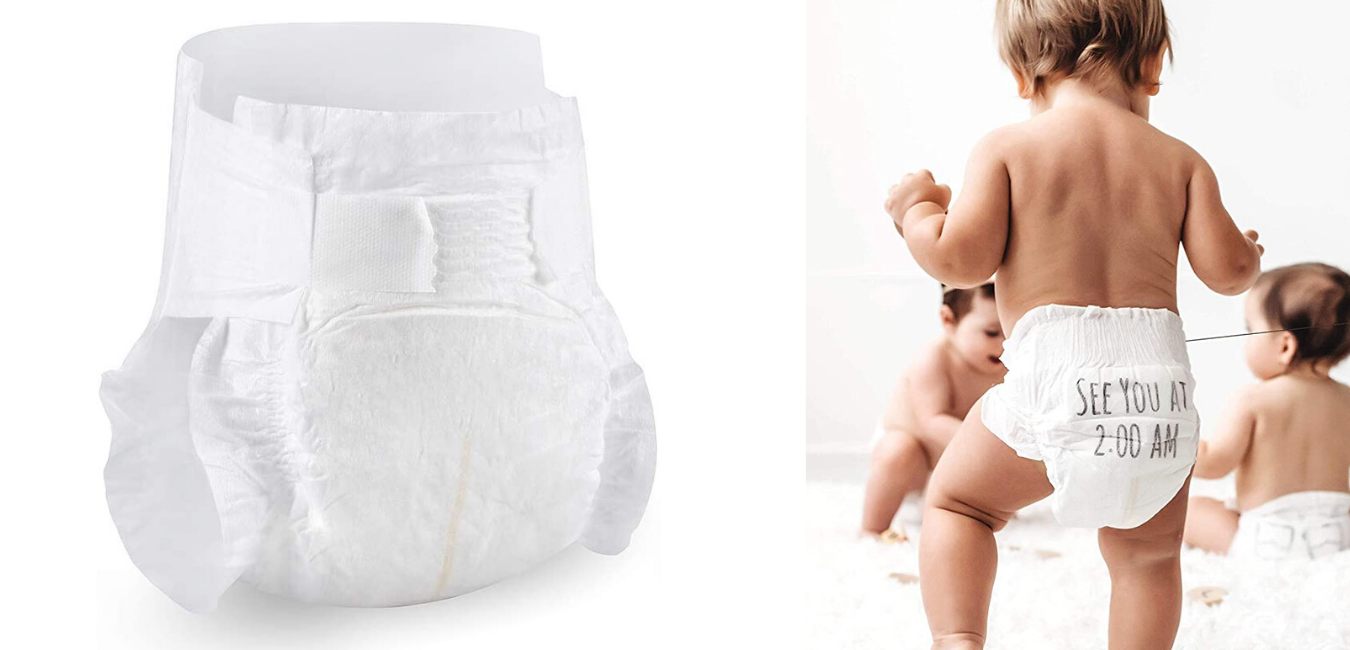Choosing which nappy you are going to use for your baby will depend on what you and your family think is important. You’re going to change a lot of nappies in the first few years of your child’s life -probably about 6000! There are a number of things to consider, including prices, accessibility, and the climate.
Various Types of Nappy
There are several types of nappies available, some being reusable, some being disposable.
Reusable of Nappies

Cloth squares— these folded and fastened with pins or ties and work best with a waterproof coating of good quality. They fit snugly and are made of fabric that absorbs liquid, usually cotton (terry, flannelette), and also hemp, bamboo, or a blend. Detergent lets a few cloth nappies go rough over time, so it’s easier to use a wool blend.
All-in-ones—these have an exterior waterproof layer or similar to the external layer. They are as user-friendly as disposables but much cheaper. They don’t have to thoroughly wash or bleach and can fasten with Velcro, clips, or studs.
All-in-twos or ‘in-one snap’ — These cloth nappies have a leak-proof cover and one or more absorbent layers of ‘snap-in’ or ‘boosters’ that you cut to wash. They are drying quicker than they all-in-one.
Pocket nappies — these have an outer sealed shell that is water-resistant, with a coating sewn to the shell along three sides and open at one end. Absorbent inserts are positioned between shell and substrate for the liquid to be absorbed. The absorbency level can be changed using inserts made from various materials.
Disposable Nappy

Disposables — typically consist of an exterior layer of plastic, A stratum of superabsorbent chemicals, and an inner liner. They are made for a number of ages and come in various packet sizes.
Biodegradable disposables-these These use a system of non-chemical absorption. They break down completely in landfills over time as you throw them away. These are made of a variety of materials, including bamboo, fabrics, and pulp paper. Such nappies are safer for the environment but are also more costly than disposables which are non-biodegradable.
Cost and Comfort
You might want to think about some of the following questions while weighing up the pros and cons of disposable vs. reusable nappies:
What About Financial Costs?
Tissue nappies are generally cheaper, but over the time your baby is in nappies, you can switch between forms, so it’s worth looking at the prices. You can make your own cost differences comparison between reusable and disposable nappies — figure out how many disposable nappies are in the box and how many nappies you use every day.
This will show how much you spend on disposable nappies or diapers.
Want to wash nappies, instead of throwing them away? You may weigh, for example, the time spent washing in your bin versus the scent of soiled nappies.
When are you out and about? Will you find more convenient reusable or unwrappable nappies? Does this mean anything to you?
What kind of nappy do you do best? Was one form likely to result in less leakage, or less change every day? Reusable nappies, for example, will need to wash more often than highly absorbent disposable nappies.
What are the costs for the environment? Are you interested in environmentally friendly options?




2 thoughts on “How to choose a Nappy for Your Kids?”